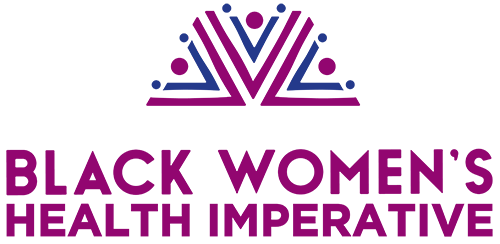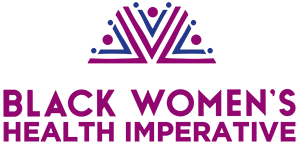This week brought us a dramatic turn in the Make America Healthy Again (MAHA) narrative. The administration issued new statements around autism, linking the prenatal use of acetaminophen (Tylenol) to increased risk of neurodevelopmental disorders. They also floated changes to labeling and policy around related medications. But behind these pronouncements lies a troubling mix of selective science, conflicts of interest, and big leaps of inference. Experts have flagged serious methodological problems, and a federal judge has already rejected expert testimony underpinning some of the claims. This episode is a vivid example of what happens when statements from powerful institutions drift into the territory of disinformation and why we have to demand more rigor, transparency, and accountability in science and policy. One of the voices behind the latest push is Dr. Andrea Baccarelli, a prominent epidemiologist whose recent paper is being cited by the White House. That study argues there is a statistical association between prenatal acetaminophen exposure and autism or ADHD. What many critics note, however, is that Baccarelli was paid 150,000 dollars as an expert witness in a 2023 lawsuit against Tylenol’s manufacturer, a case whose expert testimony was rejected by a judge for being unreliable. The judge specifically criticized that his testimony overemphasized studies that supported his claim and downplayed those that contradicted it. At present, the consensus is far more cautious: In short: the signal is ambiguous, the methods are contested, and the risk of overreach is real. The misinformation we are seeing counts on people not knowing the difference between correlation and causation. Just because two things happen at the same time does not mean one causes the other. Correlation means there is a relationship or pattern. For example, ice cream sales go up in the summer, and so do shark attacks. The two things are correlated because they both rise in warm weather. But ice cream does not cause shark attacks. Causation means one thing directly leads to another. For example, touching a hot stove causes a burn. When it comes to Tylenol and autism, some studies show a correlation, but that is not the same as proof of causation. Confusing the two can lead to bad science, bad policy, and unnecessary fear. When people hear that autism rates are going up, it is natural to think that something new in our environment must be causing it. But most of the rise is because of how we diagnose and count autism today. So while it looks like autism is suddenly on the rise, most of the increase is because we are recognizing and recording it in ways we never did before. Robert F. Kennedy Jr.’s leadership role in MAHA as HHS Secretary puts him center stage in these narratives. While he frames many initiatives as corrective, the autism and Tylenol line is a risky pivot because it uses public anxiety and scientific uncertainty to advance a policy agenda. Many experts are worried. When government leadership begins cherry-picking weak or disputed studies to support claims, it erodes public trust. Messages from once-credible institutions carry weight, but when they overstate or misrepresent data, they risk fueling skepticism, conspiracy, and mistrust. People who genuinely want to protect their children may be pushed toward extreme positions, refusing necessary medications, delaying vaccines, or embracing unproven interventions. This is not an invitation to cynicism but a warning. We need better science communication, stronger peer review, and independent oversight when public health claims are amplified at the highest levels. In a moment when people are desperate for answers, MAHA’s latest autism and Tylenol claims offer a sobering reminder. Just because a message is loud does not mean it is right. Trusted sources can mislead when agenda and narrative overtake nuance and caution. Our role at BWHI, and yours, is to elevate clarity, demand integrity, and safeguard communities from half-truths dressed in institutional authority. Let this week’s spectacle be a lesson, not a precedent.
When Trusted Sources Spread Misinformation: What the MAHA Autism Claims Teach Us

The Tylenol and Autism Question
What Mainstream Science Says
Correlation vs. Causation
Why Autism Rates Really Appear to Be Climbing
The Bigger Problem With MAHA and Misinformation
What We Must Demand Going Forward
Conclusion

